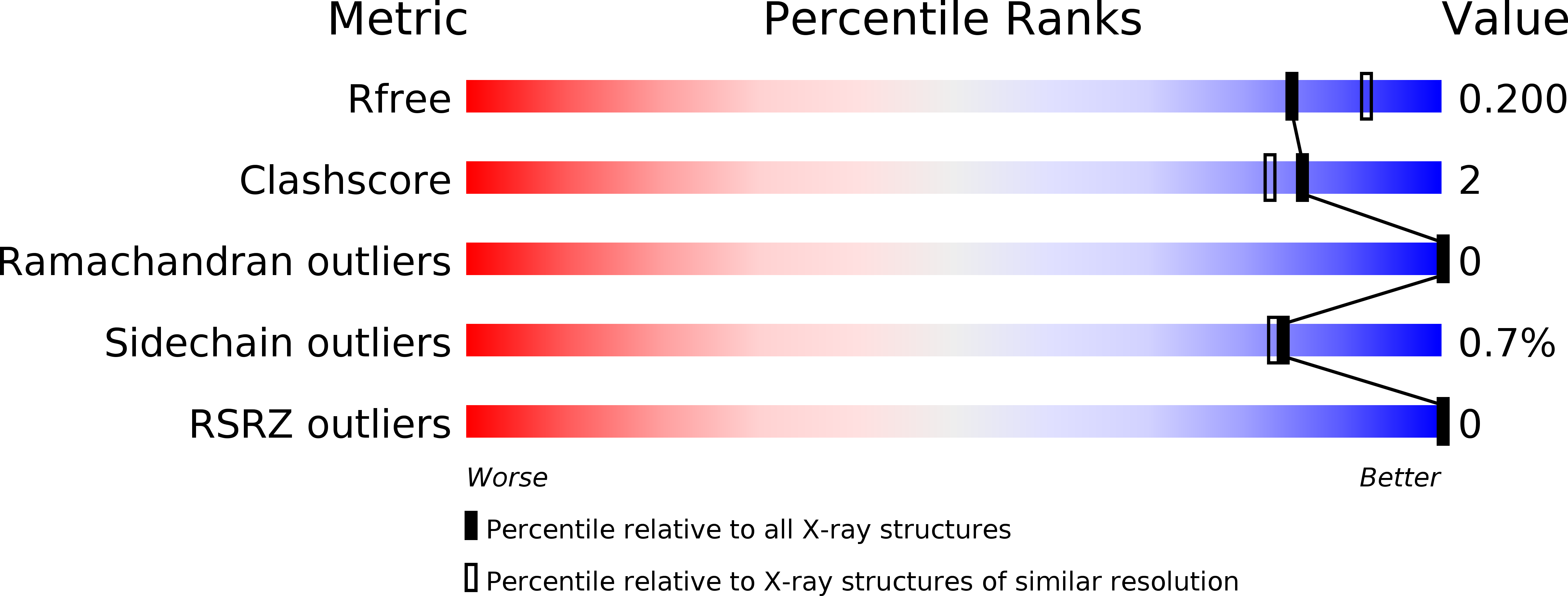
Deposition Date
2018-02-01
Release Date
2019-02-06
Last Version Date
2024-03-27
Entry Detail
PDB ID:
5Z8S
Keywords:
Title:
Human Mitochondrial ferritin mutant - C102A/C130A/E27C/E61C/E62C
Biological Source:
Source Organism:
Homo sapiens (Taxon ID: 9606)
Host Organism:
Method Details:
Experimental Method:
Resolution:
1.97 Å
R-Value Free:
0.19
R-Value Work:
0.16
R-Value Observed:
0.16
Space Group:
F 4 3 2


